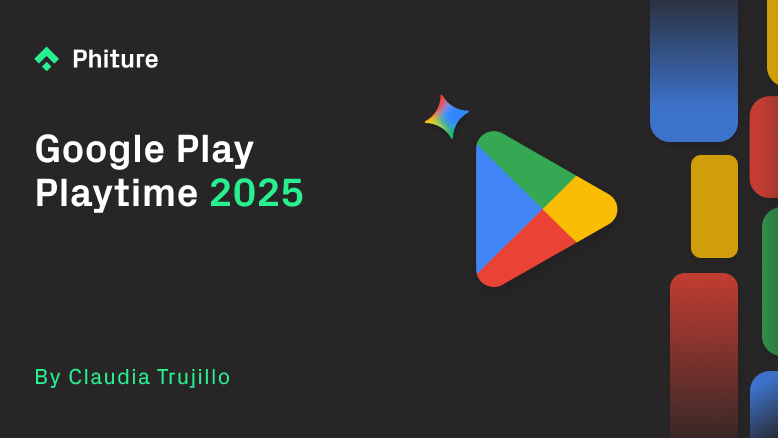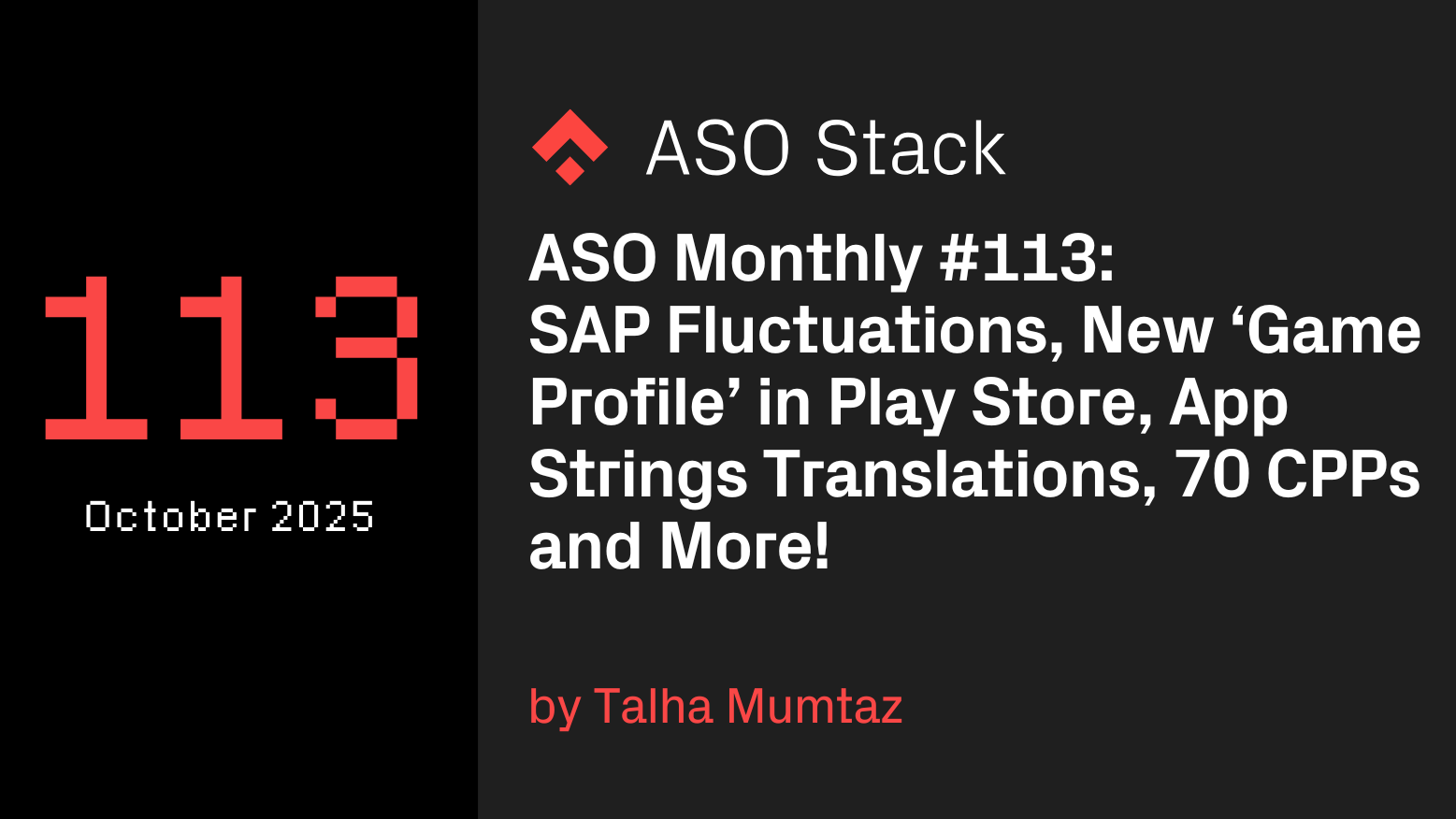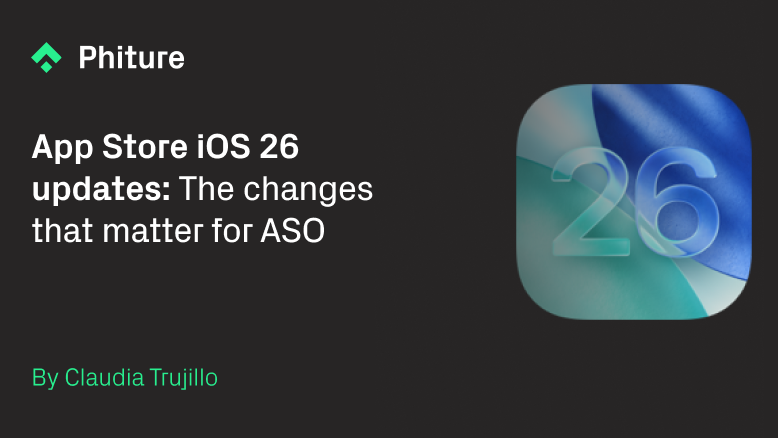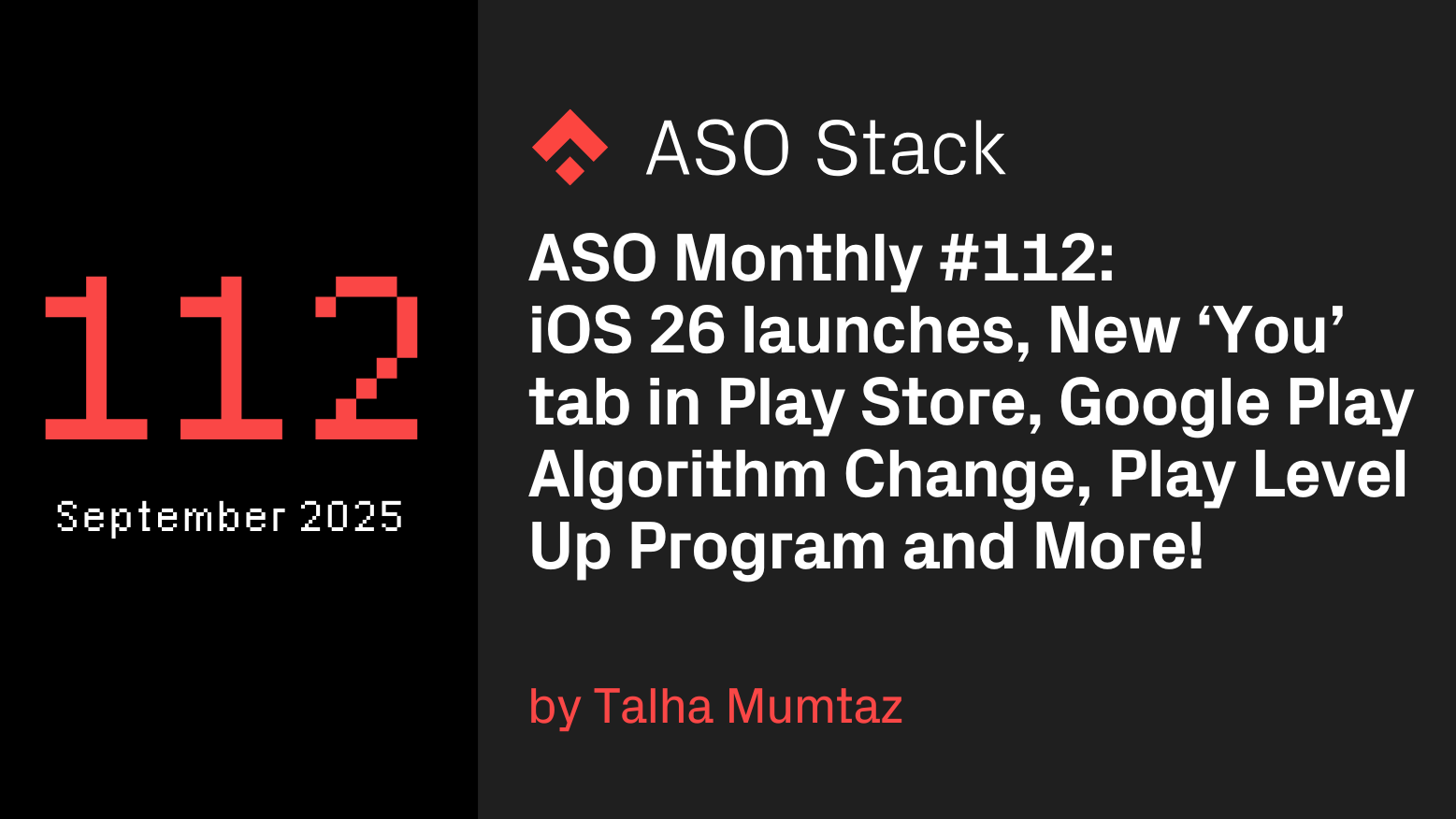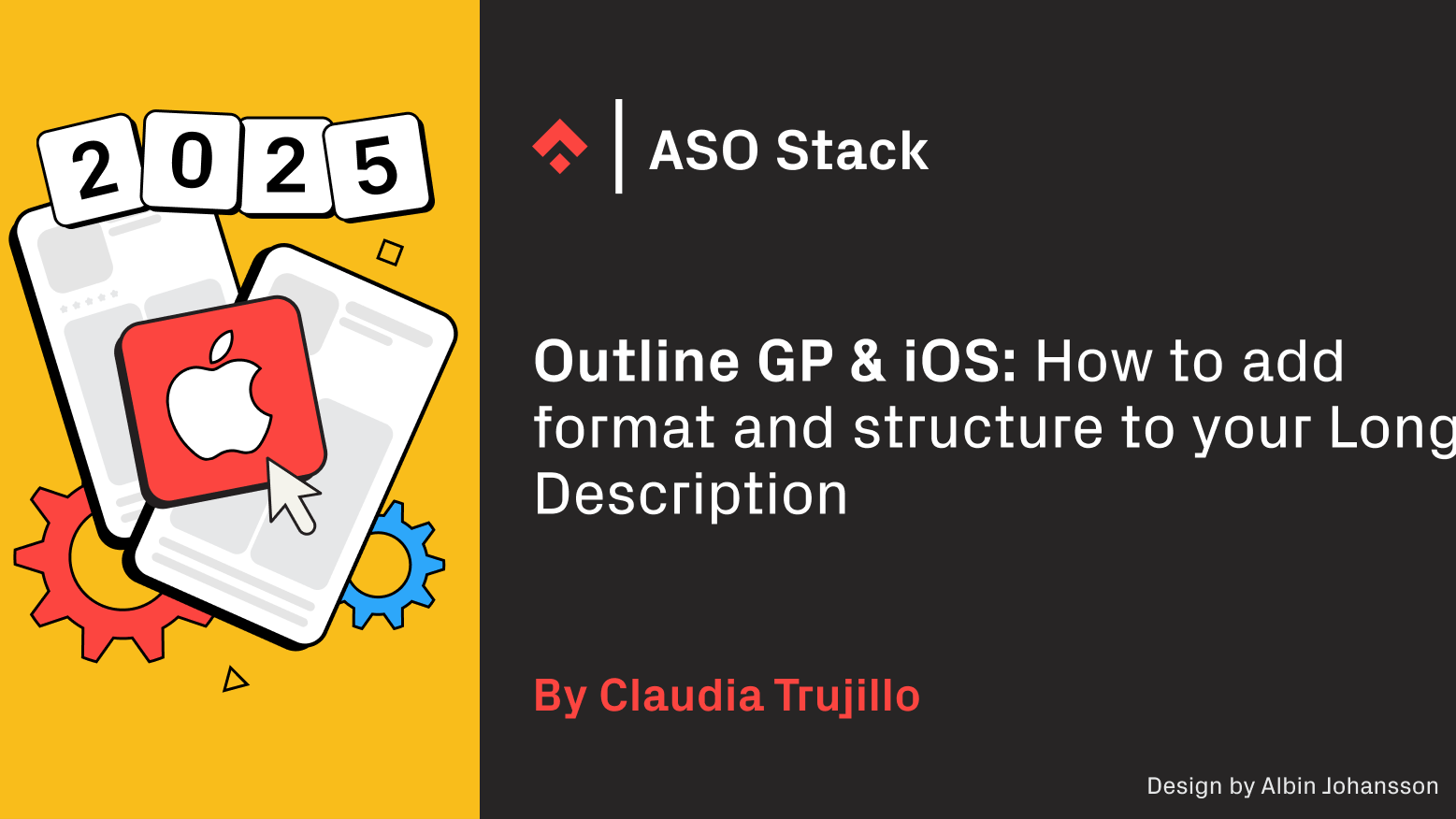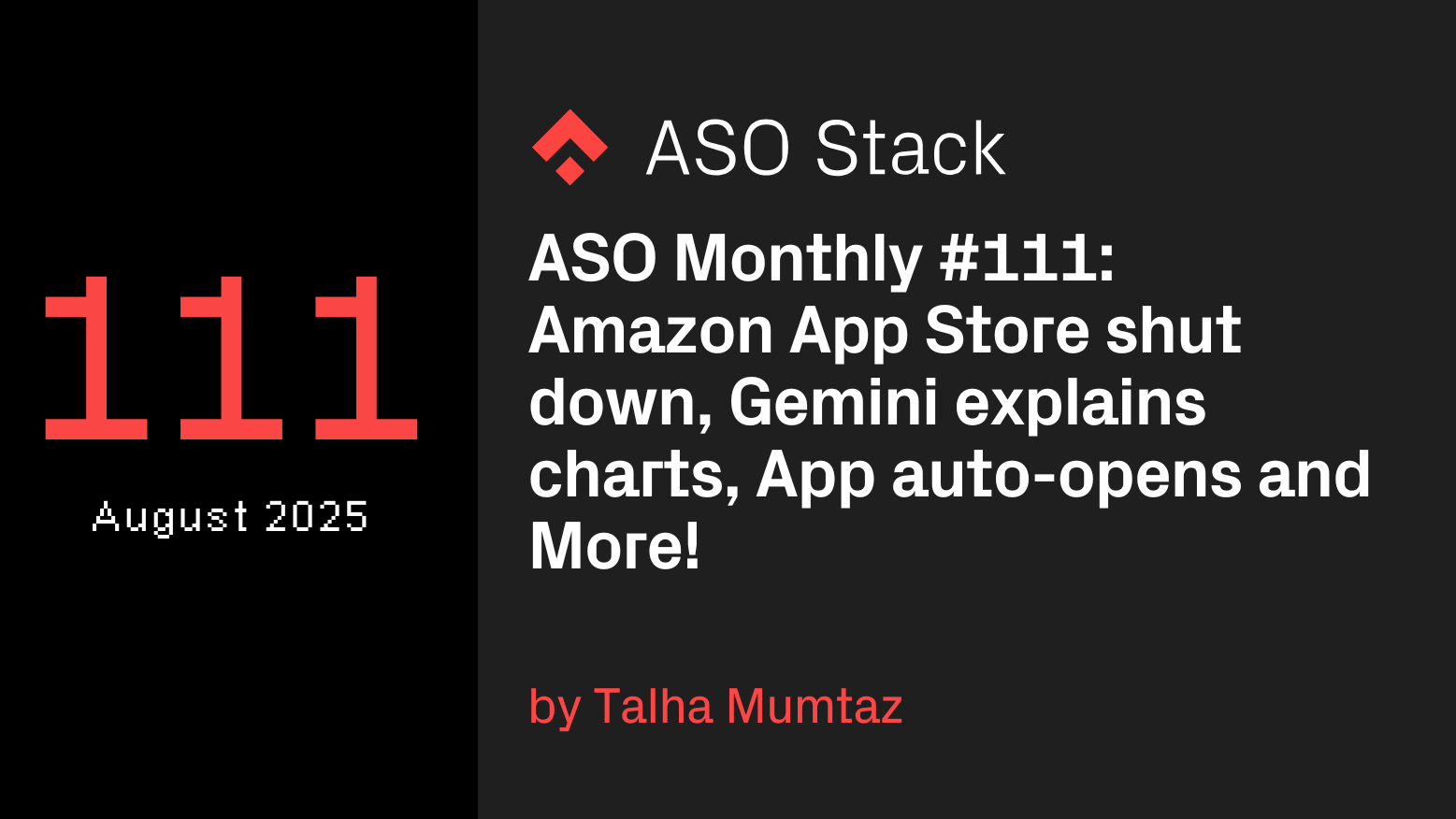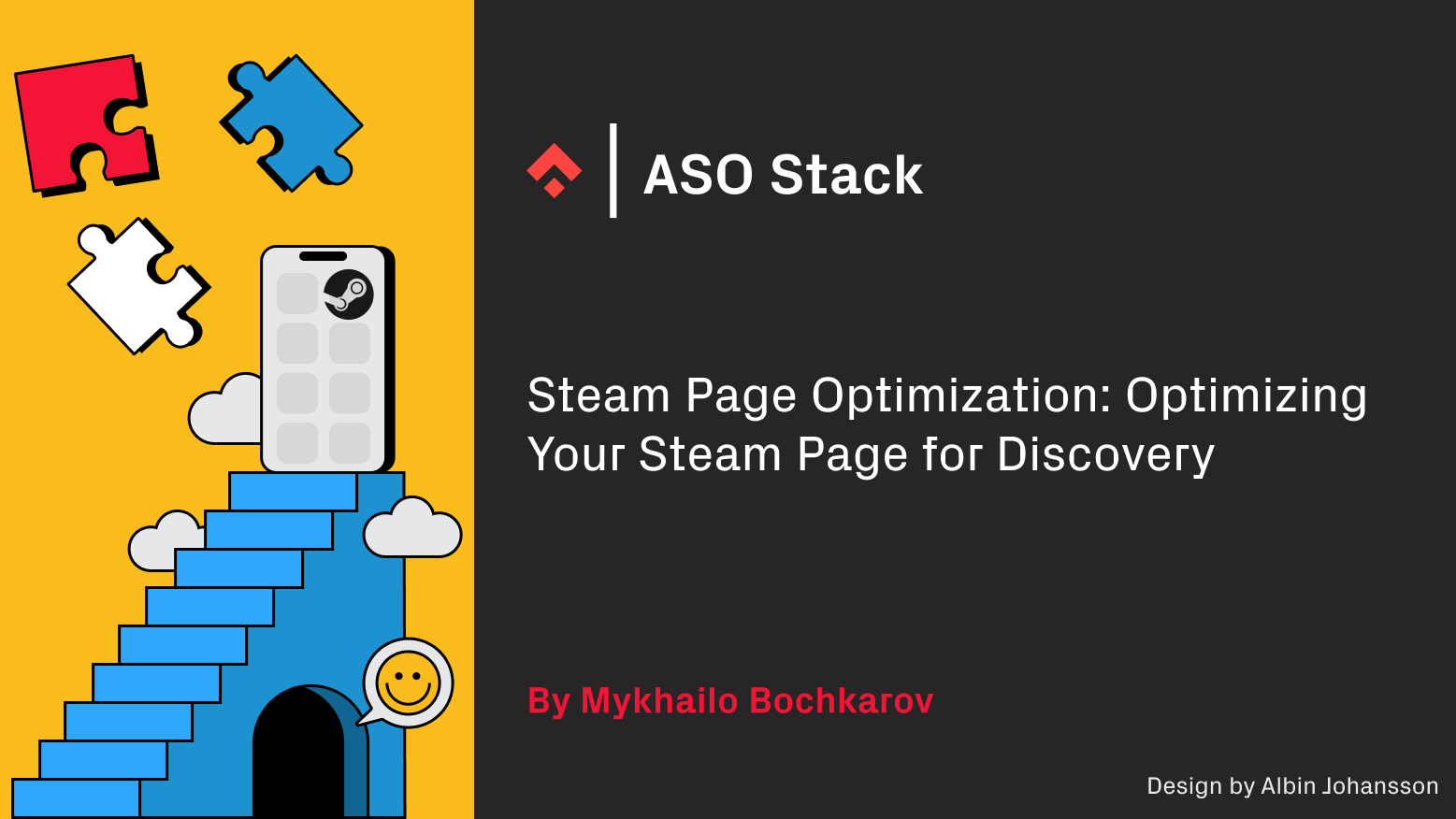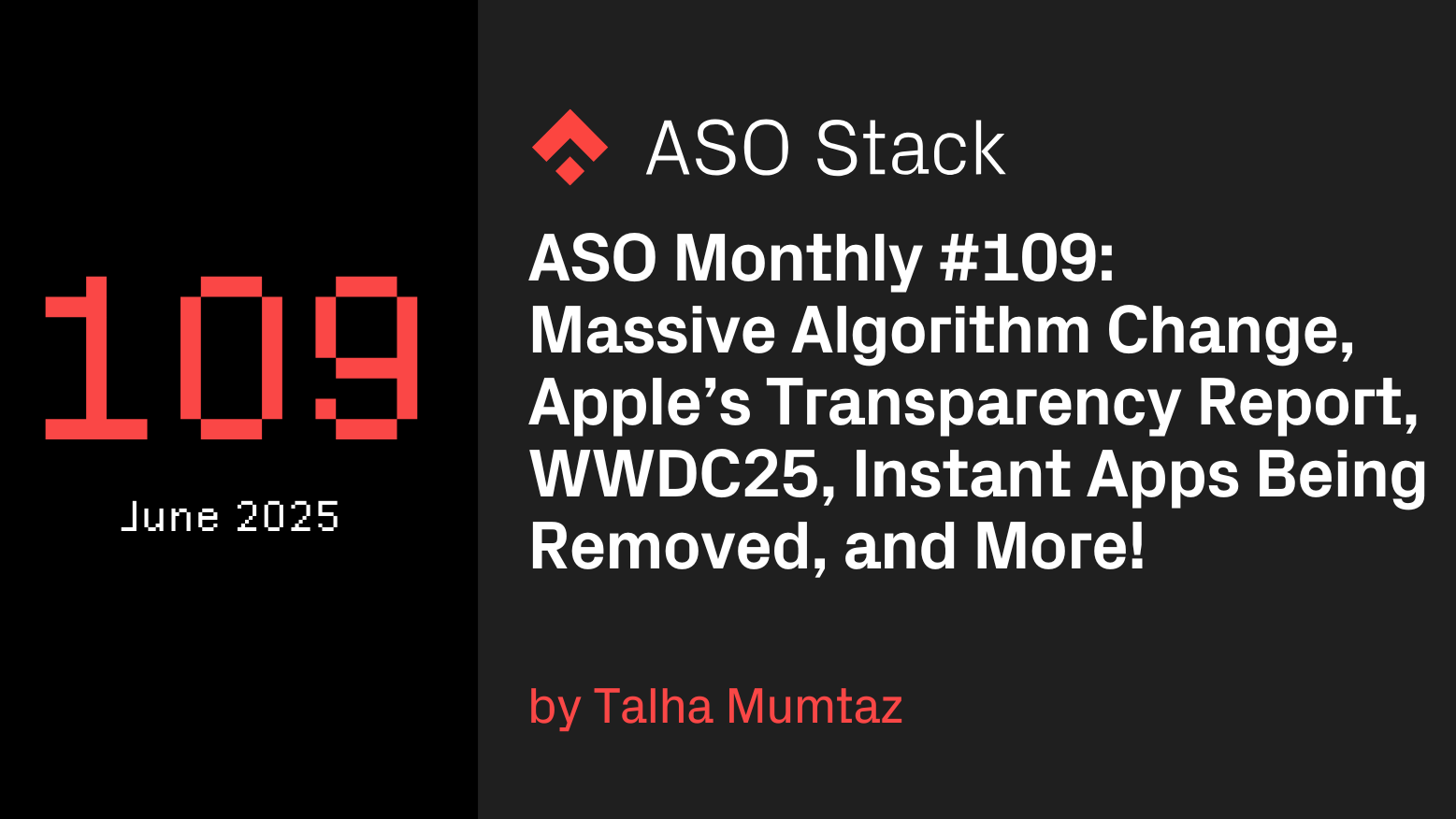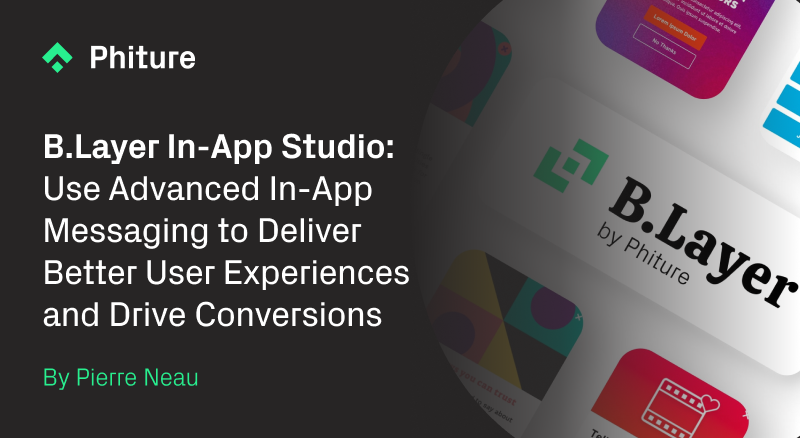
As mobile growth teams aim to personalize the user journey without compromising on speed or autonomy, in-app messaging has become one of the most powerful levers in a CRM or product marketer’s toolbox. What once required engineers, QA, and product managers is now something CRM teams can wholly own, especially with no-code tools like B.Layer, which removes the need for developer support altogether.
In-app messages can be so well integrated into the product flow that users barely notice them as distinct elements. These HTML pieces, ranging from simple modals to fully dynamic multiscreen flows, can truly enhance the user experience. Whether you’re collecting feedback, triggering NPS prompts, asking for permissions, guiding activation, or showcasing a premium feature, in-app messages are an incredibly versatile channel. Their adaptability and potential for creativity can inspire you to explore new ways to engage users, drive conversions, and boost retention.
How to Deliver Compelling In-App Experiences?
To create sophisticated in-app experiences, you’ll typically need an engagement platform that supports custom HTML messages. The most advanced experiences often require significant effort to build, but offer complete control over design and behavior.
That’s why Phiture developed its solution: B.Layer. It’s a standalone, no-code in-app messaging studio that empowers CRM and product teams to build custom flows quickly and independently. With B.Layer, you can create modals, full-screen experiences, multi-step screens, surveys, and more, all tailored to your app’s visual identity. No dev work required.
B.Layer promotes faster experimentation, reduces pressure on design and engineering teams, and gives marketers the autonomy they need to move with agility. Its user-friendly interface and intuitive studio give you the ability to create compelling in-app experiences with ease.
The Power of In-App Messaging
In-app messages stand out in your communication stack for their unique characteristics: they don’t require opt-in, they seamlessly integrate into the core app experience, and when well-designed, they feel natural. These qualities make them ideal for timely, non-intrusive interactions, especially when deeply integrated into the product flow.
Unlike push notifications or email, in-app messages are fully customizable. With B.Layer, you gain control over every design element and message behavior. This level of control, when paired with Braze or another CRM platform, becomes incredibly powerful for personalization. You can trigger in-app messages based on behavior, user properties, or specific milestones, allowing the message to feel like an organic part of the experience. This control gives you the confidence that your messages are not just reaching users but resonating with them.
Business of Apps gives indicators that are useful to bear in mind:
- According to Braze, users who receive in-app messages enjoy engagement rates that are 131% higher than those who receive no messages. This statistic underscores the effectiveness of in-app messaging in driving user engagement.
- A Braze analysis of 29 billion messages sent in 2019 also found that in-app messages are the most effective channel for user engagement, with an interaction rate of 39.88%.
- According to a Reckless study, in-app messaging has a startling 75% impression rate, which is 45 times higher than email and nearly three times higher than push notifications.
- In-app messages also boost engagement and user retention by 3x by serving as a roadmap to help users accomplish their desired tasks.
Source: https://www.businessofapps.com/guide/in-app-messaging/
Modals and full-screen In-App Messages: Simple, Flexible, Effective
Modals and full-screen in-app messages are the most basic and most recognizable forms of in-app communication. Despite their simplicity, they are incredibly versatile and can effectively support a wide range of use cases. A single visual asset, a headline, some body text, and a CTA with a deeplink are often all it takes to drive user engagement and boost your KPIs if the message is delivered to the right user, at the right time, with the right content.
The simplest use case of a modal or full-screen is to drive additional engagement with your app’s content. With some automation and a modal message, Phiture helped Blinkist keep users consistently engaged by promoting the latest content. This in-app message also encouraged broader content consumption, resulting in a 6.62% increase in book add rate and a 6.55% uplift in start rate. (source: The Next Chapter in Blinkist App Usage: How In-App Messages Help To Inspire Readers and Increase Engagement).
A modal in-app message can also be used to collect permissions, helping to unlock the effectiveness of other channels like email or push notifications. Phiture assisted Headspace in developing a push permission winback strategy using an in-app message that encouraged unsubscribed users to opt in again. This message aligned with Headspace’s brand identity and market localization. For example, it led to a +157.05% uplift in push opt-ins in the English-language segment of GDPR countries, among users who had completed at least one meditation (source: How Targeted In-App Messages Super-Charged Headspace’s Push Opt-Ins).
Modal and full-screen in-app messages can also directly boost revenue by supporting subscription optimization. They enable you to instantly capture user attention and deliver tailored messages anywhere in the app. You can emphasize premium benefits and plans with in-app paywalls. With B.Layer, you can quickly test and refine your paywall experience: no hard-coding, no waiting for releases.
These formats can also be combined into more advanced multiscreen in-app messages.
Multiscreen In-App Messages: Build Seamless Native-Like Flows
B.Layer’s multiscreen in-app messaging capabilities are designed to support a great range of use cases, allowing product owners to build multi-step experiences that feel seamless and context-aware. These are especially effective for:
- User onboarding – to capture preferences, introduce features, and direct users toward relevant app areas.
- Interactive surveys – to better understand user intent or mood and tailor next steps accordingly.
- Personalized upsells – to walk users through subscription logic across multiple screens, improving transparency and boosting conversions.
Onboarding and Activation: Designing Purposeful First Impressions
The first-time user experience is a critical retention moment in the journey. Users come with a problem to solve and varying degrees of intent. Some are ready to commit, others are likely to churn immediately. With multiscreen in-app messages, you can craft personalized, adaptive flows. You might showcase your USPs, survey users about why they downloaded the app, and then highlight the most relevant features in response. You can even include pre-permission prompts for notifications, without disrupting the flow. This kind of intent-driven onboarding is proven to boost activation. Phiture used B.Layer to help SoundCloud build a multiscreen onboarding experience that led to an 18.5% increase in creator onboarding completion and improved retention (Source: Optimizing SoundCloud’s Onboarding With the Help of Motivational Theory).
Survey, NPS, and Referral Loops: Building Feedback into the Experience
Understanding your users should be an ongoing conversation, not a one-off email blast. Multiscreen B.Layer in-apps make it effortless to embed surveys, NPS check-ins, and referral prompts directly into the app experience, at the right moment. Whether it’s a lightweight pulse survey to measure sentiment or a deeper questionnaire to segment users based on needs, these interactions should feel native. B.Layer helps achieve this native touch with seamless survey flows using a wide variety of useful survey features: custom attribute creation, answer randomization, multi-select choice option, multi-path options, etc.
Subscription Optimization: Guiding the Journey to Monetization
The path to monetization rarely comes down to a single CTA. Users need clarity, timing, and confidence before committing to a subscription. With multiscreen in-app messages, subscription prompts become more than sales asks; they become informed decisions. You can start by identifying the user’s goals, then match them to relevant premium features. Rather than overwhelming users with a paywall, the flow can first educate, build interest, and offer flexible actions. Even in cancellation scenarios, these flows can capture cancellation reasons and counter them with personalized offers and alternate plans. It results in fewer unsubscribes, more conversions, and more innovative retention strategies, all without engineering intervention. Using B.Layer in-app messages, Lifesum increased its conversion rate to Premium by 12.58%. (source: How Lifesum Increased its Conversion Rate to Premium by 12.58%, with the Help of B.Layer In-App Messages).
Engaging Formats and Rich In-App Components
Today’s most impactful experiences feel interactive, user-driven, and emotionally resonant. With B.Layer, marketers and product owners can now deploy multi-slider or story-style formats that mirror the UX of popular apps. These horizontal swipes or auto-advancing frames aren’t just pretty, they’re powerful. They let you walk a user through a narrative message: discover a new feature, explore its benefits, and take actions. This “storytelling” format taps into user behavior that’s already intuitive, making brand communication feel more like native content than marketing. Using the Story format for their End of the Year communication, Blinkist reached 104% of its new user revenue goal, and users who received the Year in Blinks campaign were 51% more likely to renew their subscription (source: How Blinkist’s Year in Blinks Campaign Powered User Revenue and Renewals).
But what makes these experiences truly shine is Blayer’s library of interactive UI components. With drag-and-drop flexibility, CRM teams can layer in rich functionalities. Use an image carousel to display multiple product options, visual results, or tutorial steps. A countdown timer can inject urgency into a limited-time offer or onboarding challenge. Embedded video lets you show, not just tell, whether it’s a feature walkthrough, content promotion, or customer testimonial. Suppose you want to gather user sentiment in real time, B.Layer offers the possibility to integrate a star rating or a toggle switch to collect feedback quickly and easily. If you need more in-depth feedback, you can choose to insert a text input field that lets users type their thoughts and save their answer.
Conclusion
B.Layer transforms the landscape of user engagement by equipping marketers with the capability to design impactful in-app messaging experiences entirely on their own, eliminating the need for developer intervention. It allows for the seamless integration of key prompts and feedback mechanisms into the user journey, resulting in enhanced engagement and significantly improved conversion rates. With B.Layer’s no-code functionality, marketers can swiftly test and refine their strategies, ensuring their messaging resonates with users and fosters lasting retention.
Related Phiture Blog Articles:
- An in-app message tool to boost your CRM conversion rates
- Blayer Multiscreen In-App Messages: How Our Braze Extension Can Further Increase CRM Conversion Rates
- Boosting User Engagement with In-App Messages
FAQ – B.Layer In-App Studio
1. What is B.Layer?
B.Layer is a standalone, no-code in-app messaging studio from Phiture that allows CRM and product teams to create and launch custom in-app experiences—such as modals, full-screen messages, multi-step flows, and surveys—without developer support.
2. How does B.Layer improve user engagement?
B.Layer enables personalized, context-aware in-app messaging that integrates seamlessly into the product experience. By delivering relevant messages at the right time, brands can drive higher engagement, conversions, and retention.
3. What types of in-app messages can I create with B.Layer?
With B.Layer, you can create modals, full-screen messages, multi-step onboarding flows, interactive surveys, story-style content, paywalls, and more—all tailored to your app’s branding.
4. Do I need developers to use B.Layer?
No. B.Layer is a no-code solution designed for CRM and product teams to build, test, and launch experiences independently, reducing reliance on engineering resources.
5. Can B.Layer integrate with CRM platforms like Braze?
Yes. B.Layer can be used alongside CRM platforms such as Braze to trigger messages based on user behavior, attributes, or milestones, enabling advanced personalization.
6. What business results can in-app messaging with B.Layer deliver?
B.Layer-powered campaigns have achieved measurable lifts, such as:
-
+157% uplift in push opt-ins for Headspace
-
18.5% increase in onboarding completion for SoundCloud
-
12.58% uplift in premium conversions for Lifesum
-
104% of new user revenue goal for Blinkist’s Year in Blinks campaign
Table of Contents

